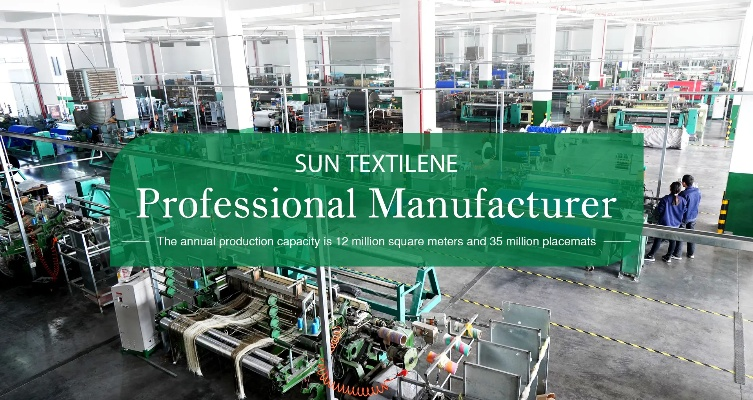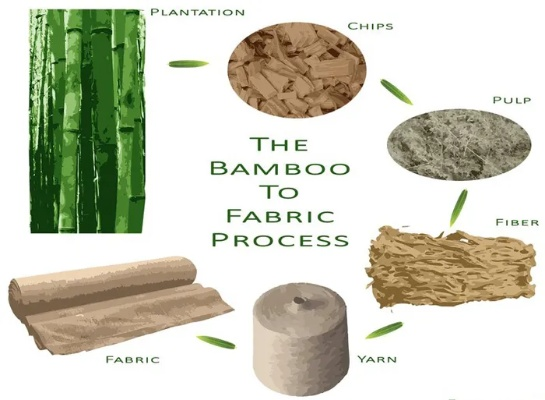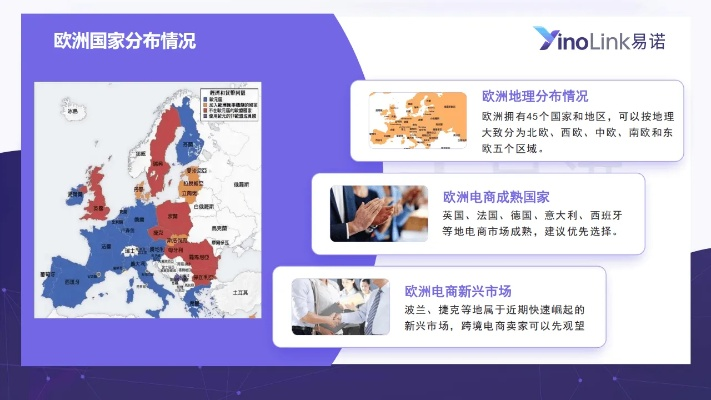The Evolution of Textile Prices:A Comparative Analysis and Future Predictions
The article delves into the evolution of textile prices and offers a comparative analysis of the various factors influencing this trend. It highlights the role of economic conditions, raw material costs, and market demand in driving changes in textile prices. The article also discusses the challenges faced by manufacturers and retailers in maintaining competitiveness in today's globalized marketplace. Finally, the author predicts future trends in textile prices by examining current market trends, industry developments, and technological advancements.
"The Evolution of Textile Prices: A Comparative Analysis and Future Predictions"
Introduction: In the global economy, textiles represent a critical component of our daily lives. From everyday garments to industrial materials used in manufacturing, these products have a wide range of applications. However, the prices of these goods have fluctuated significantly over time, with some consumers facing increased costs while others remain price-competitive. In this essay, we will explore the factors driving down or raising textile prices, analyze the current state of textile pricing, and project future trends. By examining historical data and industry reports, we aim to provide insights into why textile prices are what they are today and what lies ahead.
Factors Driving Down or Raising Textile Prices: Textile prices are influenced by a myriad of factors, including raw material cost, labor, transportation, taxes, tariffs, and market demand. Here's a concise table summarizing some of these key drivers:
| Factor | Type/Source | Impact on Textile Prices |
|---|---|---|
| Raw Material Costs | Global Market | Higher costs lead to higher textile prices |
| Labor | Manufacturing Processes | Higher wages can drive up production costs |
| Transportation | Shipping Costs | Expensive shipping routes can increase transport costs |
| Taxes and Tariffs | Government Regulations | Changes in tax rates or imposition of tariffs can affect imported goods |
| Market Demand | Consumer Spending Power | Increased demand for certain types of textiles can push up prices |
Current State of Textile Pricing: Currently, there are several indicators suggesting that textile prices may be on an upward trend. For example:
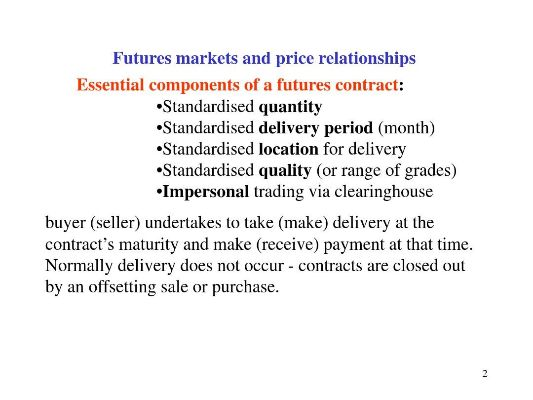
- Global Trade: As countries implement tariffs on Chinese textile exports or other measures to protect domestic industries, import prices may rise.
- Supply Chain Constraints: The COVID-19 pandemic has disrupted supply chains globally, leading to shortages and increased costs for manufacturers.
- Rising Labor Costs: In many parts of the world, labor is becoming increasingly expensive due to inflation and economic growth.
- Market Shifts: With consumers shifting to sustainable and eco-friendly textiles, the demand for certain types of fabrics may increase, driving up the price per item.
Future Trends: Based on the analysis above, it seems likely that textile prices will continue to fluctuate in response to various market and economic factors. Here are a few projections:
- Economic Conditions: If economic growth remains robust, consumer spending power could lead to higher demand for textiles, which could drive up prices. Conversely, if economic conditions worsen, consumers might prioritize affordability, leading to lower prices.
- Global Political Tensions: International tensions, such as between China and the US, could impact the cost of inputs like oil and raw materials. This could influence textile pricing across the globe.
- Technological Advancements: Technological advancements in textile production could reduce production costs, potentially leading to lower prices for consumers. However, innovation also comes at a cost; new machinery and processes may increase initial investment and maintenance costs.
- Sustainable Practices: As consumers become more environmentally conscious, demand for eco-friendly textiles may grow. This shift could lead to higher prices for sustainable fabrics but could also drive down the price of mass-produced textiles.
Conclusion: Understanding the factors driving down and raising textile prices is crucial for businesses operating in this sector. While there are no guarantees for future trends, keeping an eye on global economic indicators, technological advancements, and political developments can help companies anticipate and prepare for potential changes. By staying informed and adapting their strategies accordingly, textile producers can better navigate the challenges and opportunities presented by the ever-evolving global market.
亲爱的朋友们,大家好!今天我们来聊聊纺织品何时能降价的话题。
纺织品市场现状
当前,纺织品市场呈现出供大于求的局面,随着全球经济的复苏和消费者需求的增长,纺织品价格持续上涨,这不仅影响了消费者的购买力,也增加了生产商的经营压力,寻找纺织品降价的方法和策略变得尤为重要。
纺织品降价的可能时间点
根据市场调研和数据分析,纺织品降价的时间表可能如下:
- 季节性需求高峰期:在夏季和节假日等消费高峰期,纺织品价格可能会因为市场需求而有所下降,这是因为消费者在此时会寻求性价比更高的产品。
- 供应链调整:随着供应链的优化和调整,一些生产商可能会采取主动降价策略,以应对市场竞争和消费者需求的变化。
- 政策推动:政府为了刺激消费、促进经济发展,可能会出台相关政策,推动纺织品降价,通过税收优惠、补贴等手段,鼓励企业降低生产成本。
案例分析
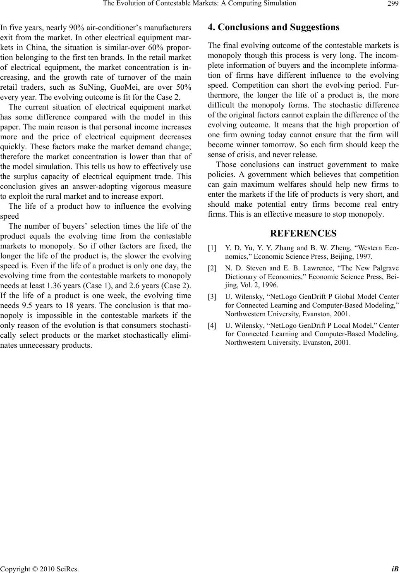
以某知名品牌纺织品为例,其近期降价的情况:
该品牌在过去的几个月里,针对市场需求和供应链情况进行了深入分析,并采取了主动降价策略,具体措施包括优化生产流程、降低生产成本、提高产品质量等,通过这些措施的实施,该品牌成功降低了产品价格,吸引了更多的消费者。
降价策略与措施
为了实现纺织品价格的合理下降,可以采取以下策略和措施:
- 优化生产流程:通过技术升级、设备更新等手段,提高生产效率和质量,降低成本,可以引入新的生产技术和管理模式,提高产品的附加值。
- 促销活动:通过举办促销活动、打折促销等方式,吸引消费者购买,可以推出限时优惠、满减优惠等促销活动,提高产品的销售量。
- 与供应商合作:与供应商建立长期稳定的合作关系,共同应对市场变化和竞争压力,通过共同研发新产品、优化供应链等方式,降低生产成本和风险。
- 政策支持:政府可以出台相关政策,鼓励企业降低生产成本和经营风险,可以通过税收优惠、补贴等手段,支持企业进行技术创新和产业升级。
结论与建议
纺织品降价是一个复杂的过程,需要综合考虑市场需求、供应链情况、政策支持等多方面因素,也需要采取多种措施和策略来实现纺织品价格的合理下降。
针对以上案例和分析结果,我们可以提出以下建议:
- 密切关注市场动态和消费者需求变化,及时调整价格策略和措施。
- 加强与供应商的合作,共同应对市场变化和竞争压力。
- 鼓励企业进行技术创新和产业升级,提高产品的附加值和市场竞争力。
- 政府可以出台更多有利于纺织品降价的政策支持措施,促进纺织品的健康发展。
纺织品降价是一个需要综合考虑多方面因素的过程,只有通过科学的价格策略和措施的实施,才能实现纺织品价格的合理下降,促进纺织品的健康发展。
Articles related to the knowledge points of this article:
The Future of British Textile Development
The Story of the Fashion Threads from Changshus Gusheng Textiles
The Art of Weaving Memories:A Look at Nantong Baoli Xuan Textiles

